ABOUT ALAN
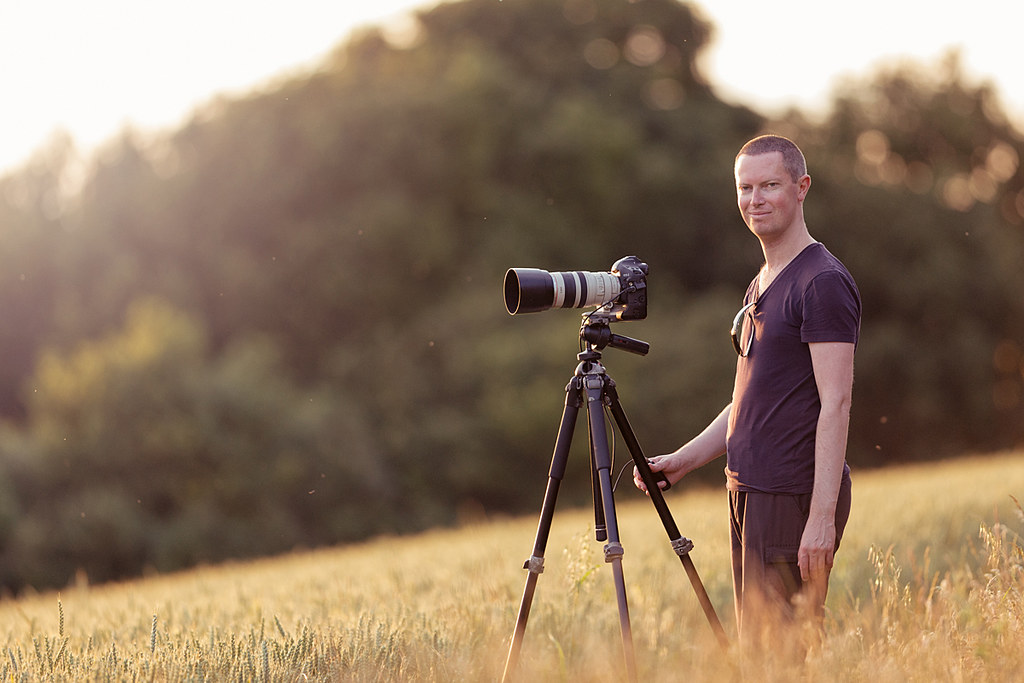
I can trace my love of nature all the way back to age six, when my primary school teacher lead our class on a wildlife trail in the woods above Patcham railway tunnel. I loved the pitter patter of raindrops on freshly opened beech leaves; birdsong and caterpillars taking shelter. It was the first time I enjoyed being so wet. Late into the night, I would pore over hand-me-down Ladybird books, detailing the natural history of butterflies and woodland birds. I was a frequent visitor to the Booth Museum of Natural History, with its collection of butterflies, fossils and animal skeletons. I was later to deprive the city of library books by wildlife photographers Stephen Dalton and Niall Benvie by renewing them for months at an end. In the days when nature documentaries were about nature and not their celebrity presenters, the gentle voiceovers of David Attenborough and Andrew Sachs sat in perfect harmony with the visual narrative. As an adult, getting close to wild animals means watching nature documentaries is no longer necessary. My life is a nature documentary! I don't know any other person who has been so close to a Roe deer, that they could hear the animal chewing and burping.
I don't have to travel far from my home town of Brighton to see wildlife. The city itself hosts giant starling murmurations, which gather over Brighton Pier every afternoon in winter. Roe deer can be seen on the South Downs and Fallow deer roam forests on the High Weald.

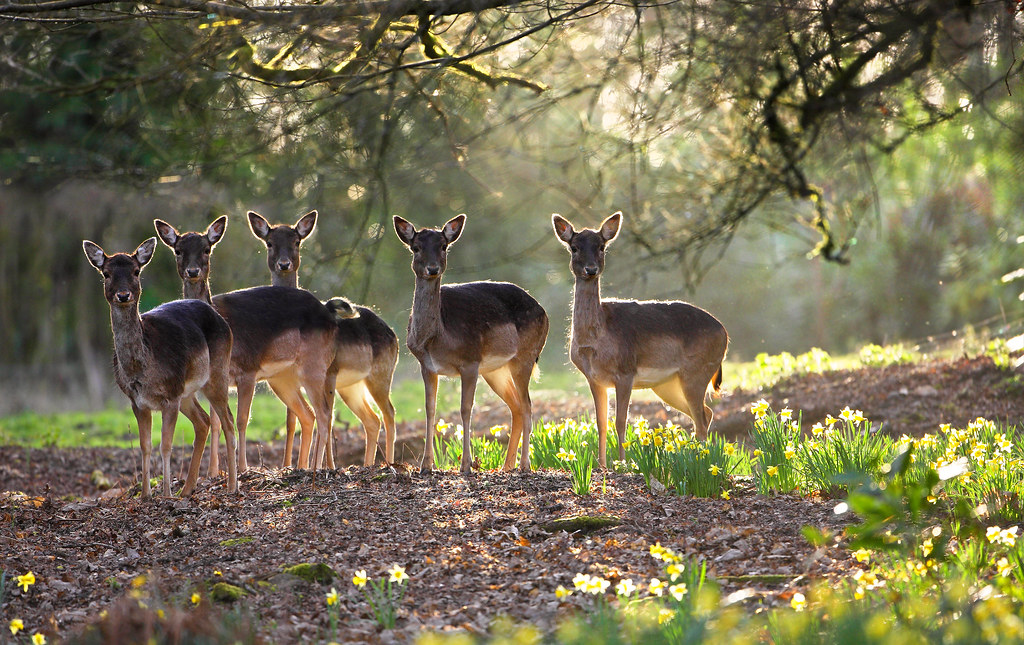

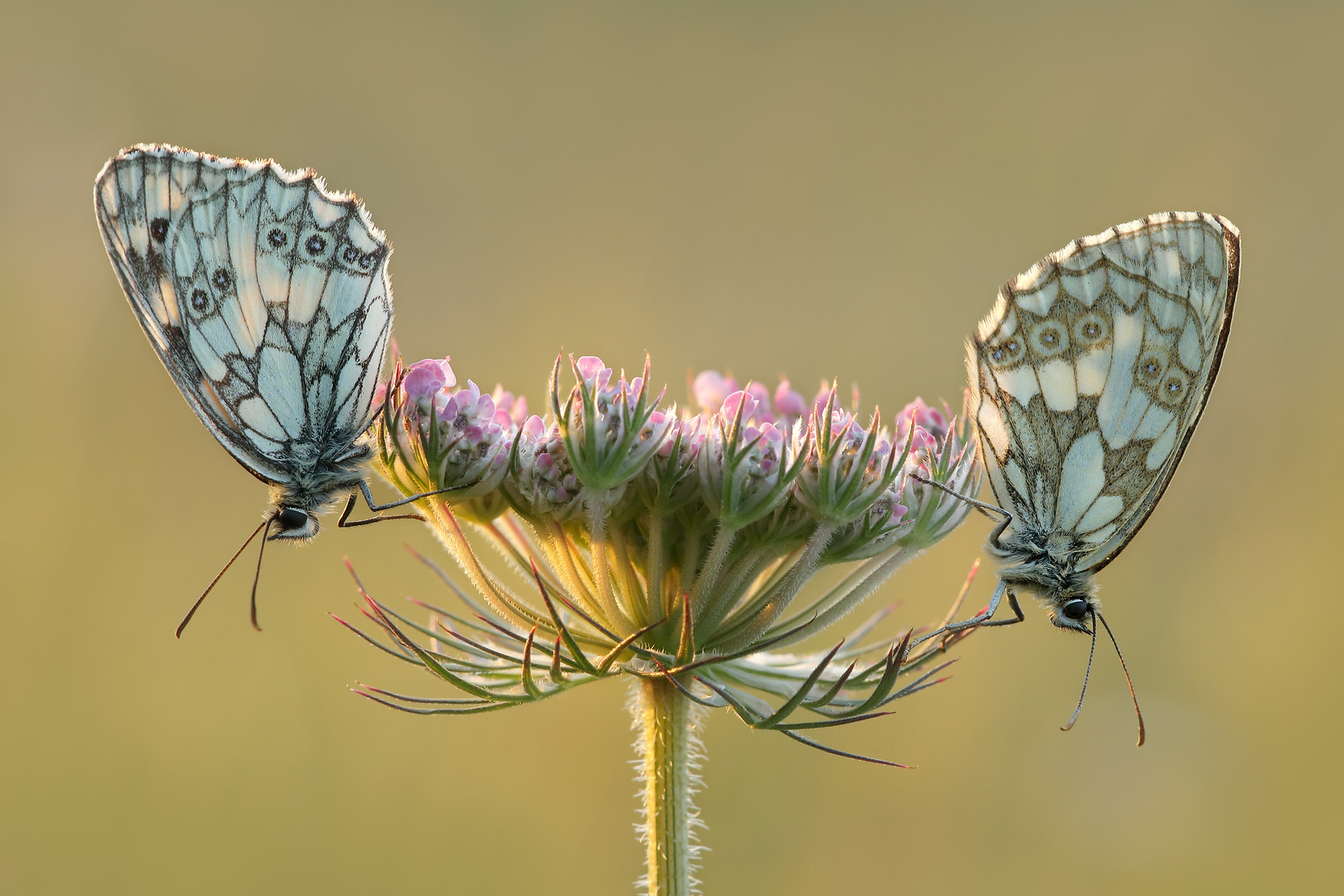
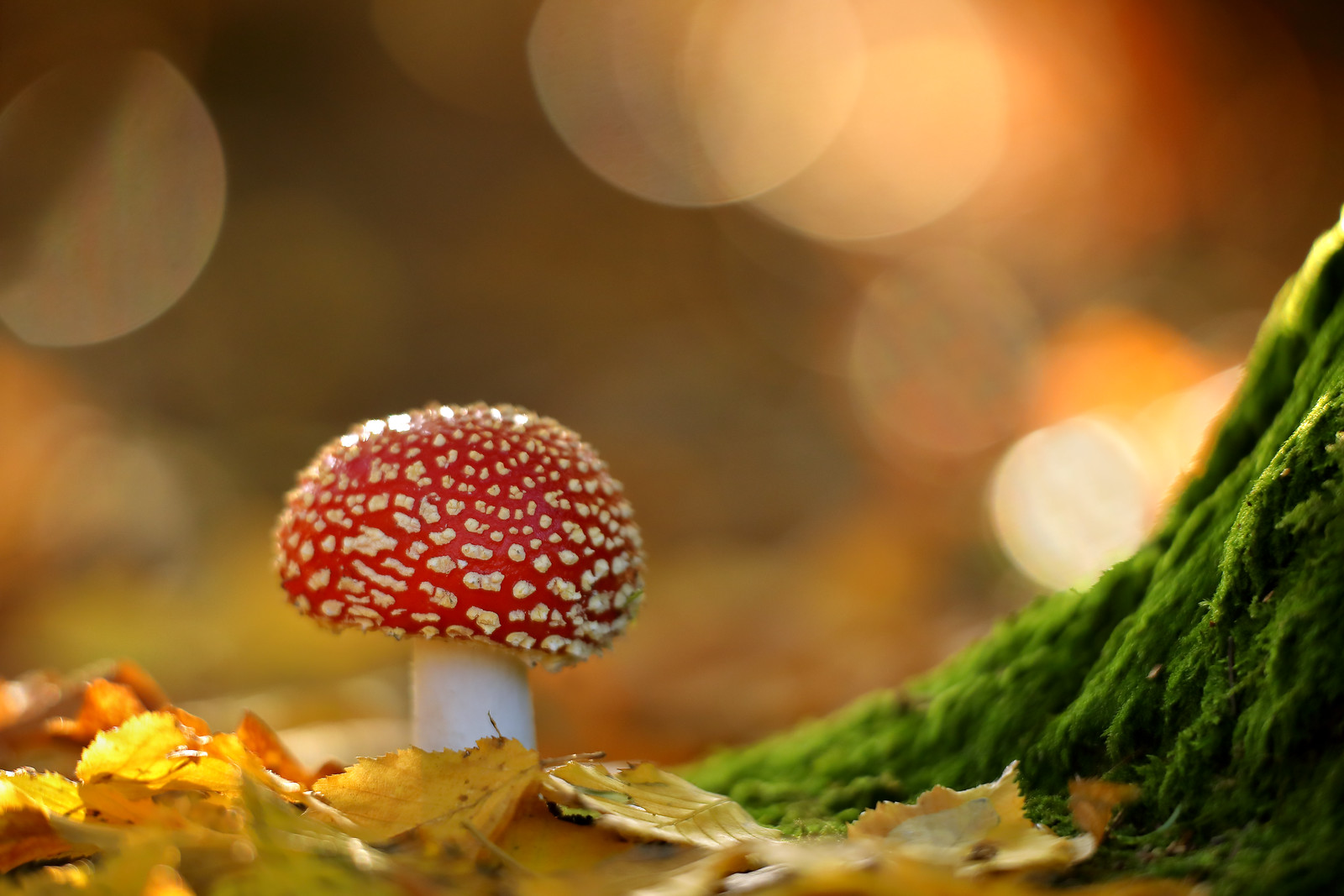
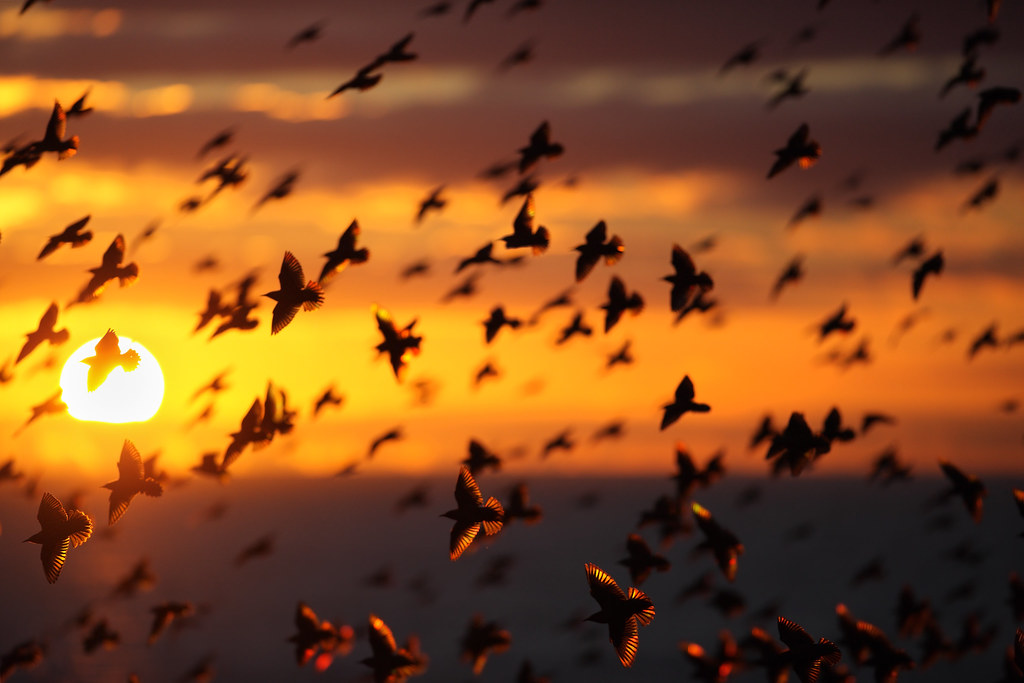

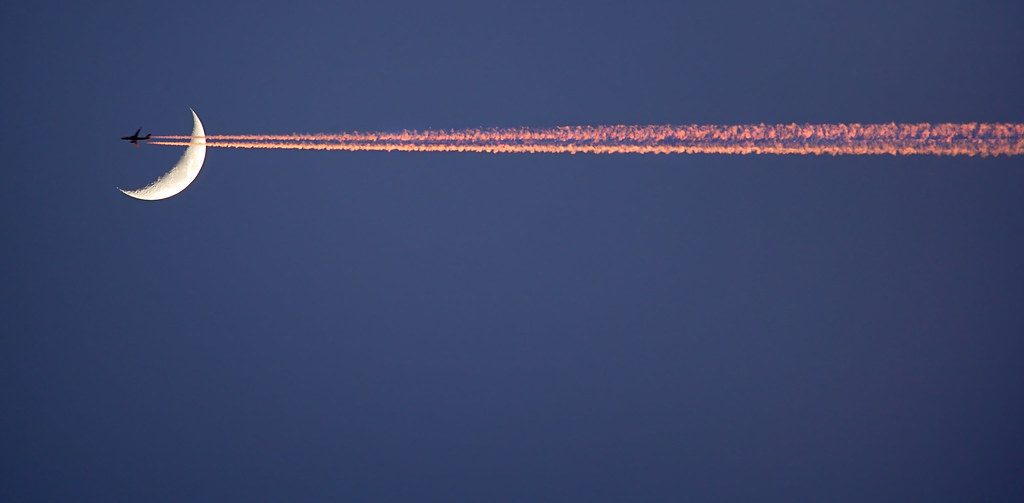
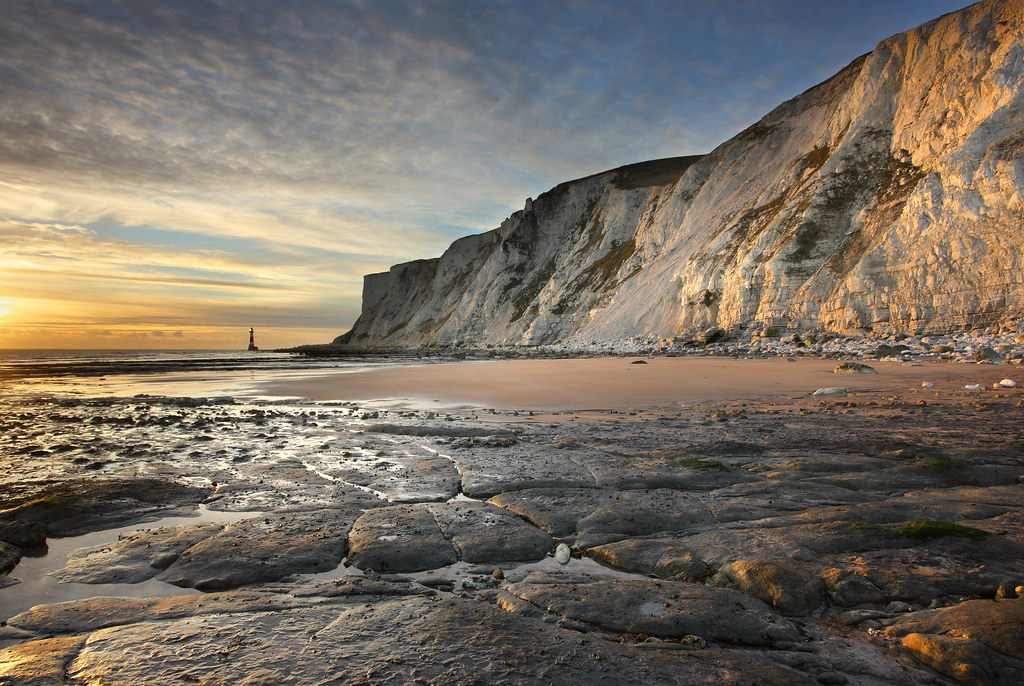
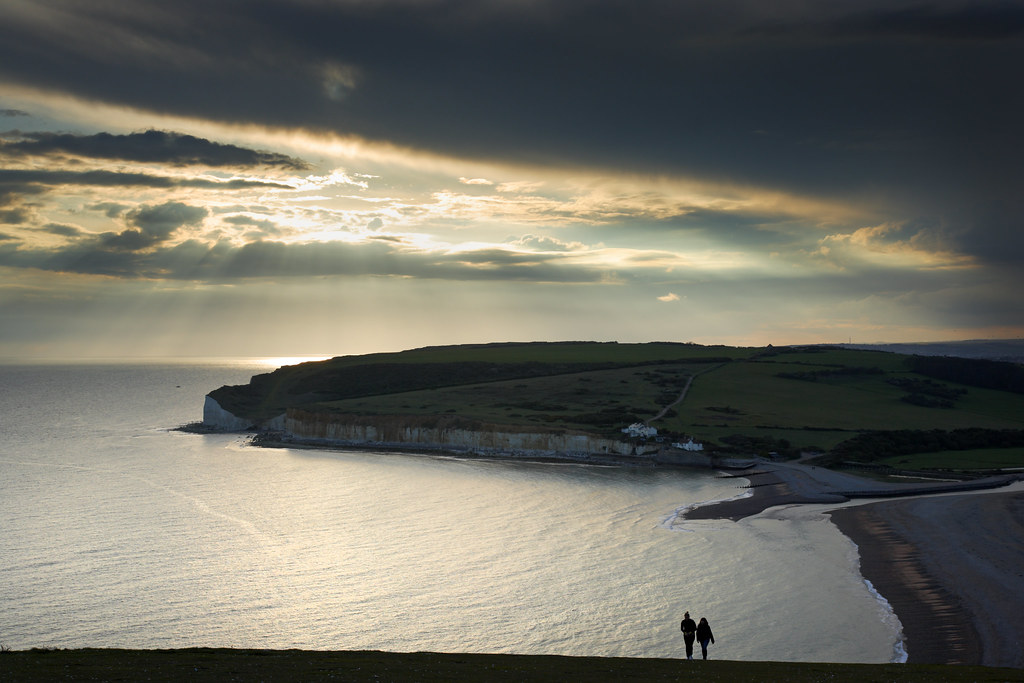
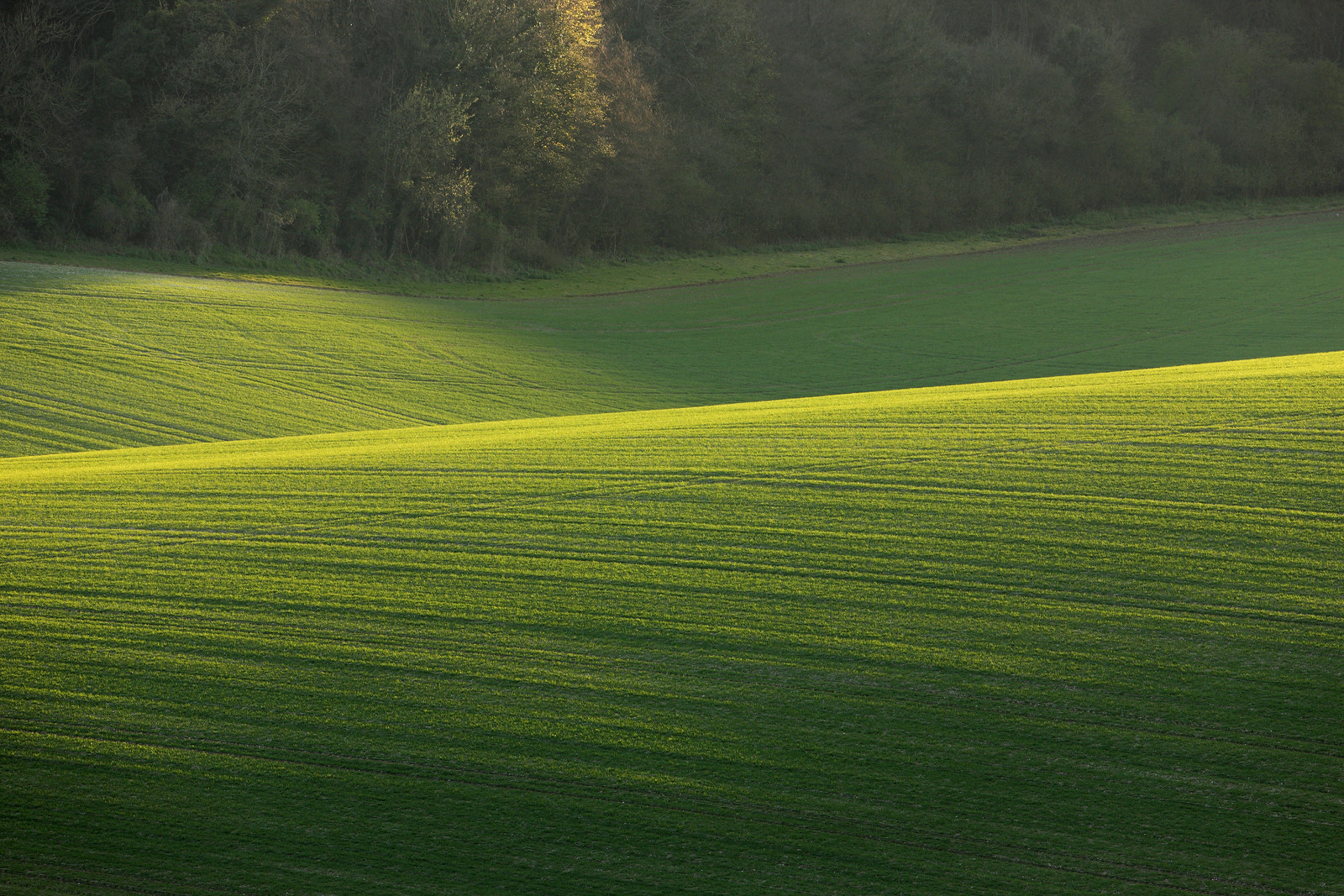
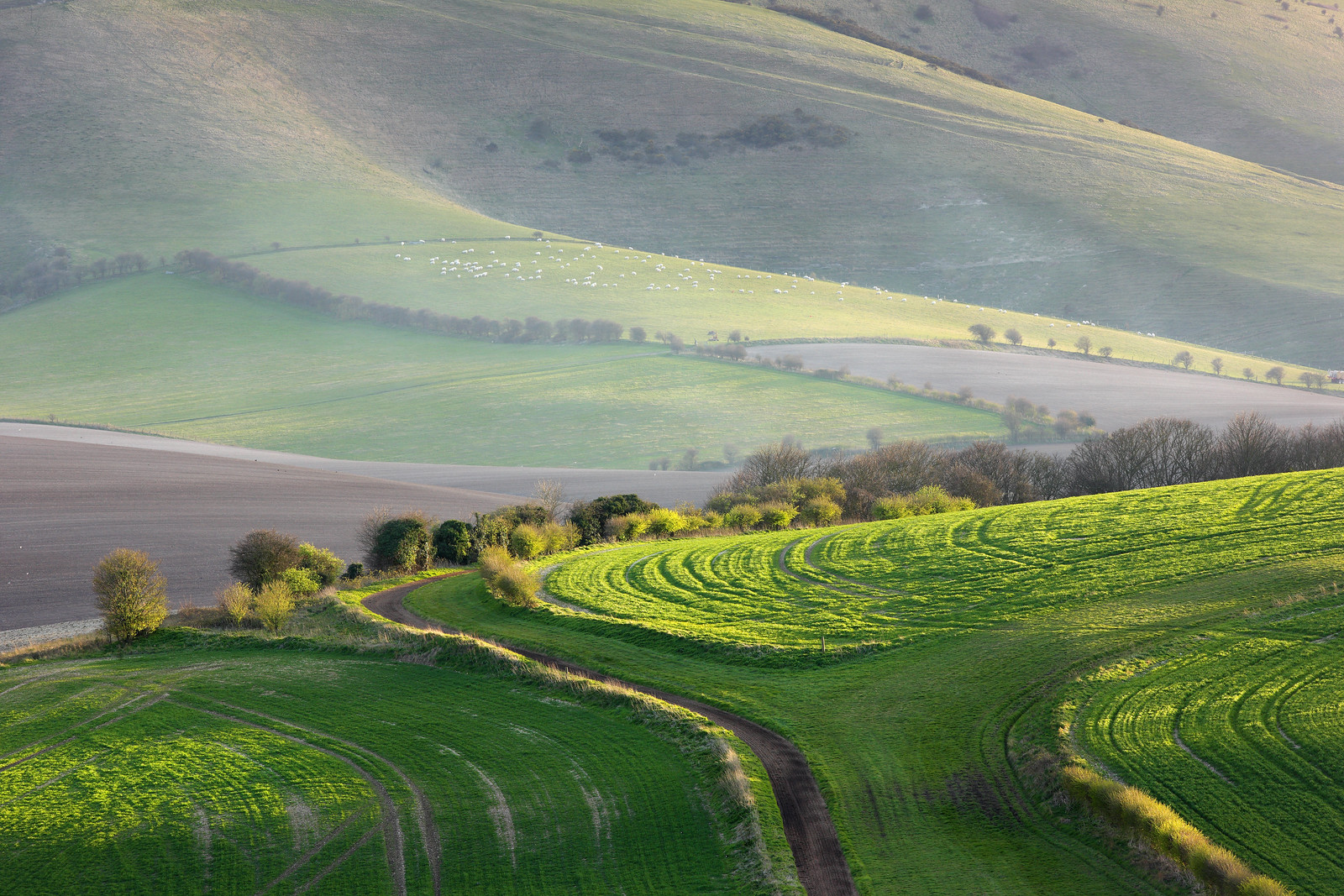
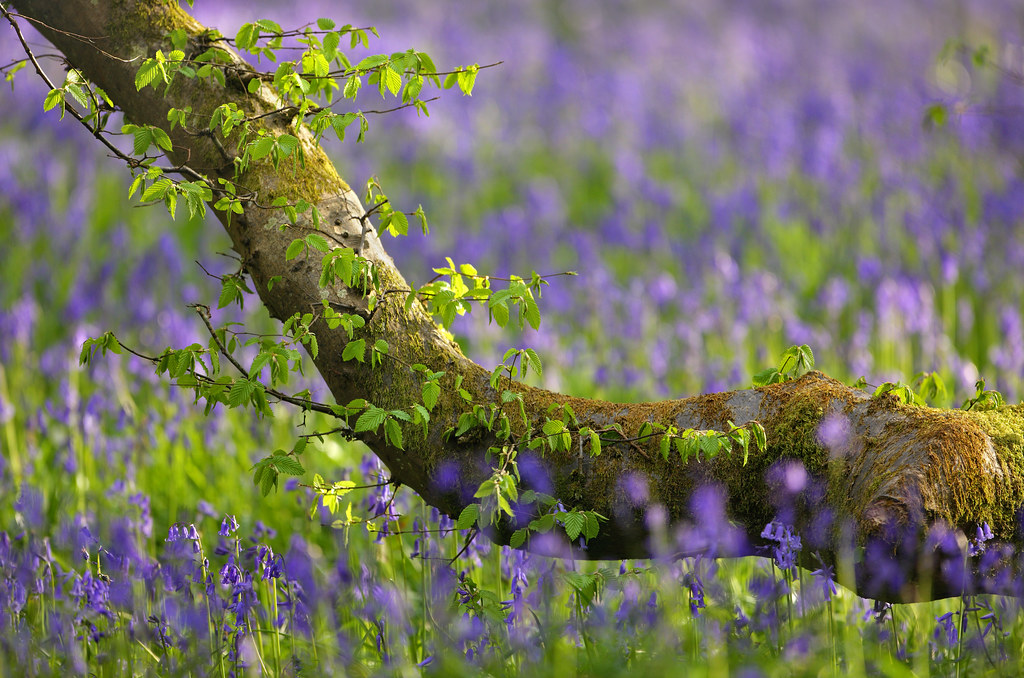
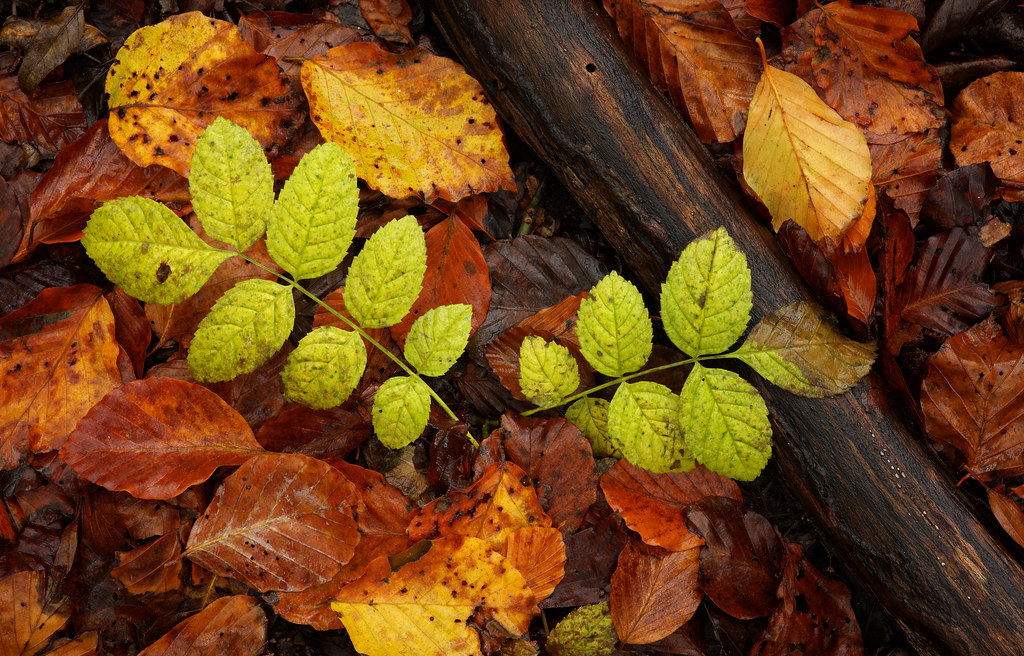
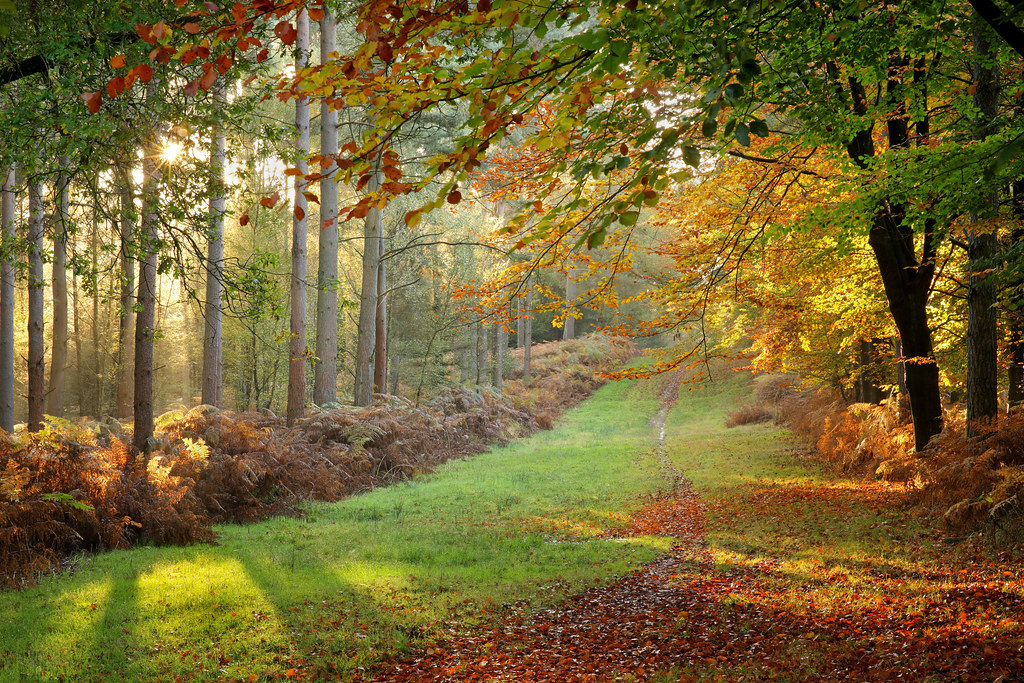
Comments